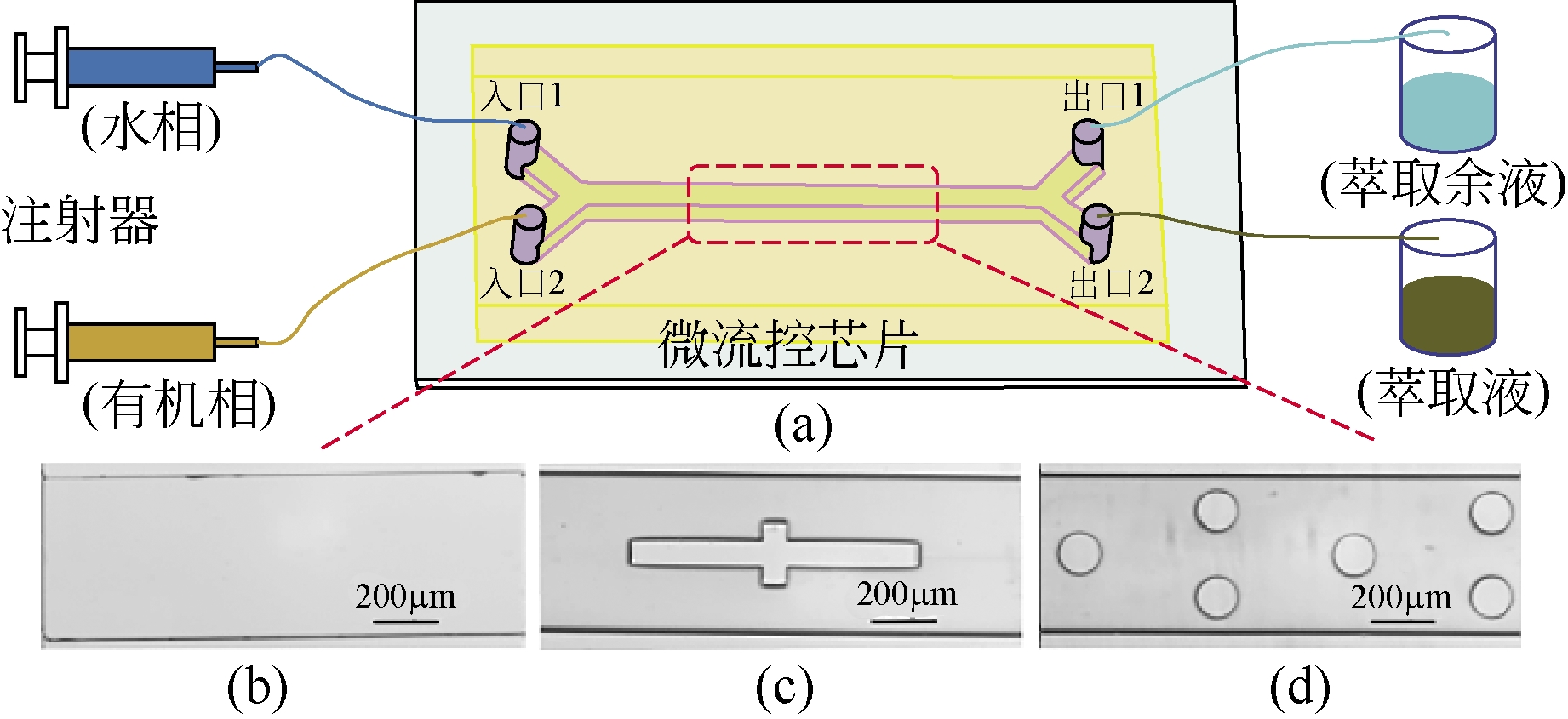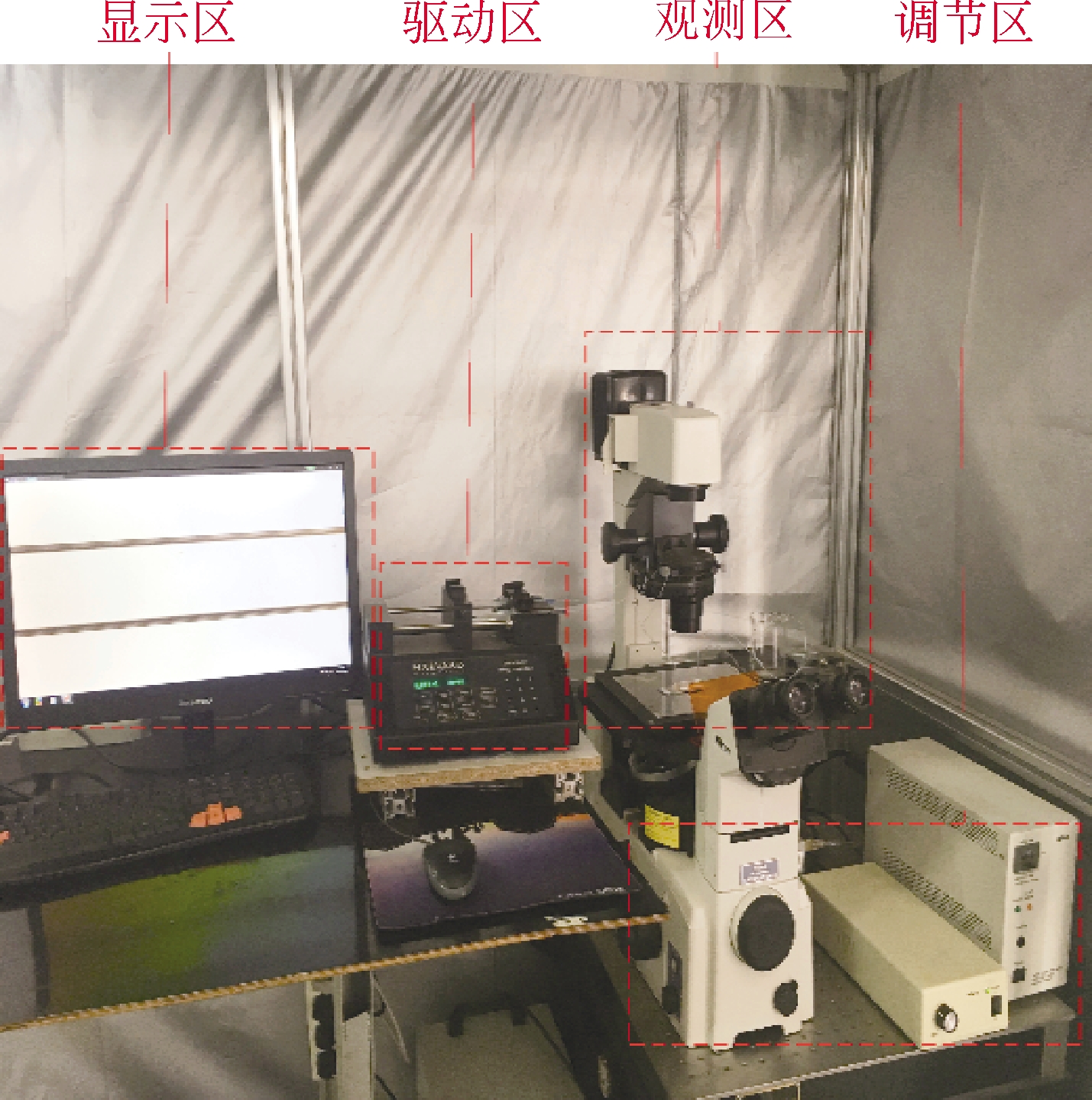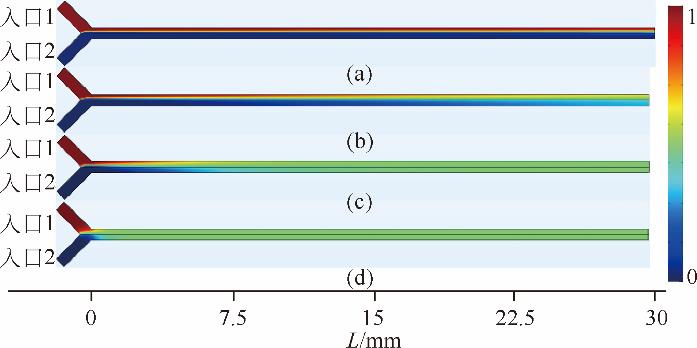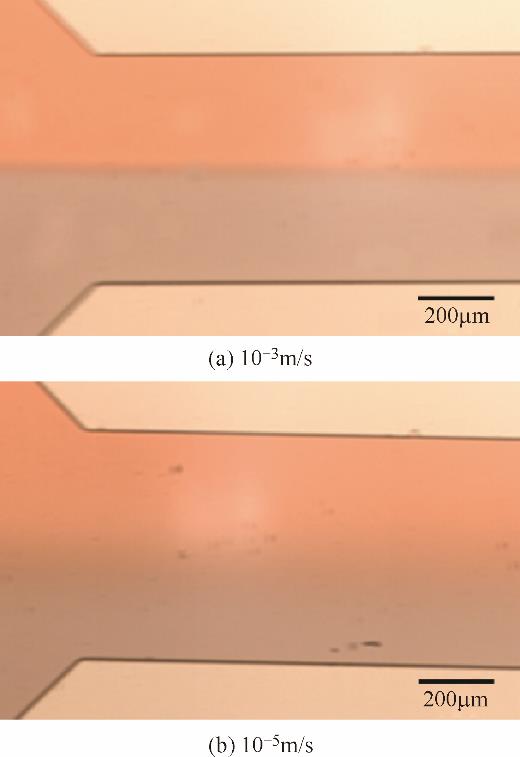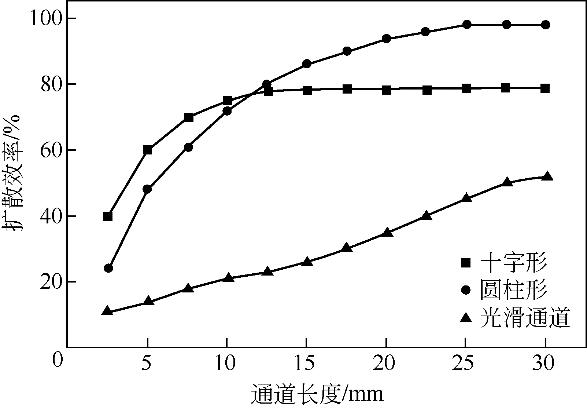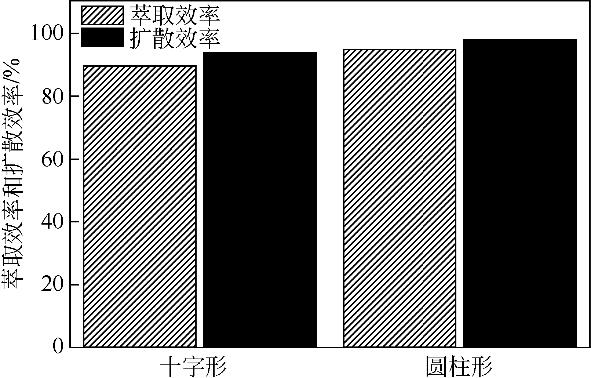Chemical Industry and Engineering Progress ›› 2019, Vol. 38 ›› Issue (05): 2085-2092.DOI: 10.16085/j.issn.1000-6613.2018-2099
• Chemical processes and equipment • Previous Articles Next Articles
Numerical simulation and experimental analysis of liquid-liquid multiphase microextraction
Yajun CHEN1( ),Wei LONG1(
),Wei LONG1( ),Yongqing HE2,Ao ZHOU3
),Yongqing HE2,Ao ZHOU3
- 1. Faculty of Mechanical and Electrical Engineering, Kunming University of Science and Technology, Kunming 650500, Yunnan, China
2. Faculty of Chemical Engineering, Kunming University of Science and Technology, Kunming 650500, Yunnan, China
3. Faculty of Metallurgical and Energy Engineering, Kunming University of Science and Technology, Kunming 650093, Yunnan, China
液-液多相流微萃取的数值模拟和实验分析
- 1. 昆明理工大学机电工程学院,云南 昆明 650500
2. 昆明理工大学化学工程学院,云南 昆明 650500
3. 昆明理工大学冶金与能源工程学院,云南 昆明 650093

